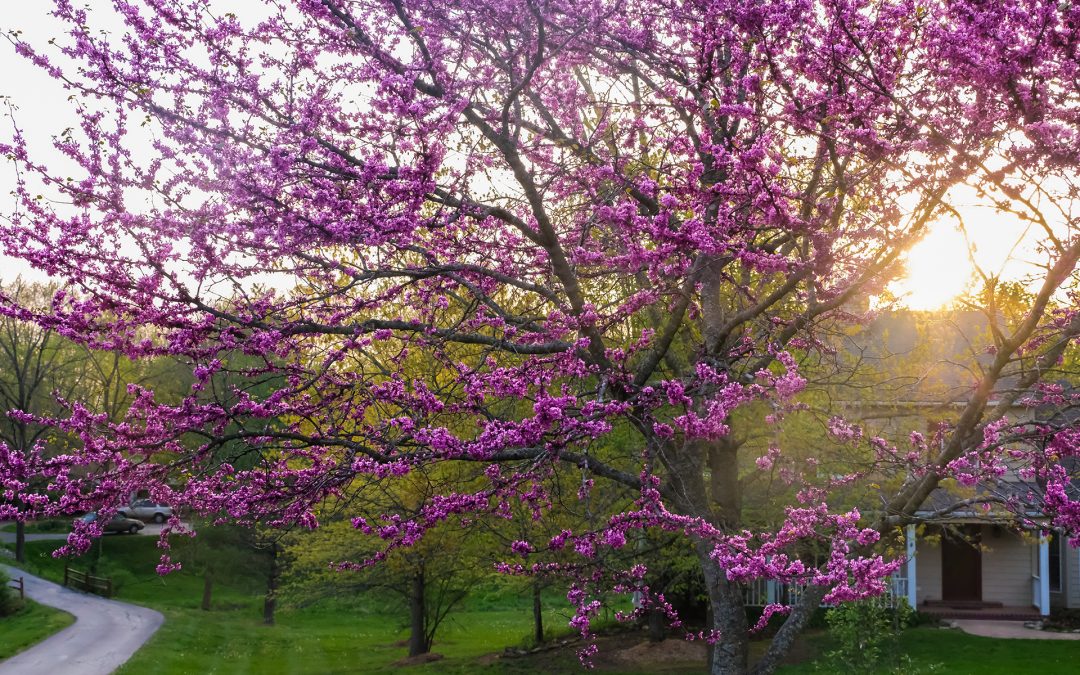Table of Contents
Four Ornamental Trees That Won’t Create Litter Problems
Thanks to the myriad resources available to modern homeowners and property managers, many people conduct a lot of research on the trees they intend to install. They look up things like the tree’s water requirements, sun-exposure preferences, and susceptibility to common pathogens and illnesses.
This is obviously a good idea, and it’ll help you avoid planting trees that won’t thrive in your desired location. But, many people forget to consider one key characteristic when doing their homework. They forget to investigate the littler problems created by the tree.
Trees can create litter problems in several ways. Some shed pieces of bark throughout the year, while others blanket the ground in fruit during a relatively small window of time. Others may shed entire branches sporadically (which can also represent a safety hazard).
We’ll try to help you avoid doing this below, by discussing four good ornamental trees that won’t create a mess in your yard (and be sure to check out our article that identifies some of the trees that cause the worst litter problems, so you can avoid them).
1. Shoestring Acacia (Acacia stenophylla)
Many acacias are notorious for creating significant litter problems (we even mention the Chilean acacia tree in our article about the trees that produce the worst litter problems), but the shoestring acacia is a different matter entirely. Unlike many of their relatives, which carpet the ground with dry fruit and thorns, shoestring acacias rarely present these types of problems. Reaching 30 feet in height, these trees have a unique, “weeping” look and they produce attractive yellow flowers throughout the fall and winter (which provides additional value, as few other trees are very colorful during this part of the year).
2. Fruitless Olive (Olea europaea)
For obvious reasons, fruiting trees are rarely good choices for those seeking low-litter trees, but the fruitless olive is an exception – as its name suggests, it produces no fruit. But aside from the lack of fruit production, fruitless olive trees provide all of the same traits that make olive trees popular with many homeowners and property managers. Olive trees typically grow as multi-trunked shrubs, but they reach tree-like sizes; many specimens eventually reach 20 to 25 feet in height. Olive trees are ideally suited for Southern California’s Mediterranean climate, and they rarely require much supplemental irrigation once established.
3. Willow Acacia (Acacia salicina)
The willow acacia is another interesting-looking tree that produces very little litter. A medium-sized tree, most specimens will stand between 20 and 40 feet tall. Willow acacias often exhibit a weeping growth habit, and they have an attractive gray bark, which is often visible beneath the canopy. Willow acacias are hardy trees, that tolerate a wide range of soil types, and they will grow in full sun or partial shade. Like many other acacias, they’re typically quite a drought resistant, once established.
4. Monkey Puzzle Tree (Araucaria araucana)
The monkey puzzle tree is one of the most unusual-looking and eye-catching trees around. It is a little larger than most trees used for ornamental purposes – it can grow to 80 feet in height or more – but it is a great addition to large yards and properties. And, like the other trees on this list, it won’t create serious litter problems. The monkey puzzle tree will tolerate light shade, though it prefers full sun. It isn’t a particularly drought-tolerant tree, but it will tolerate a wide variety of soil types. It’s also fairly salt-tolerant, so it will work well for homeowners living near the coast.

